Promoting hand hygiene on Global Handwashing Day 2022
5-minute read
All that’s needed is water, soap and patience. Global Handwashing Day focuses on a day-to-day activity that could again do with a bit of publicity in 2022. After all: thorough handwashing with soap prevents disease and can even save lives. However, handwashing must be done ‘properly’, of course, and as regularly as necessary. Global Handwashing Day was launched by the Global Handwashing Partnership in 2008. Celebrated on 15 October every year, the event is aimed at governments, institutions and businesses, healthcare providers such as hospitals and nursing homes as well as daycare facilities and schools.
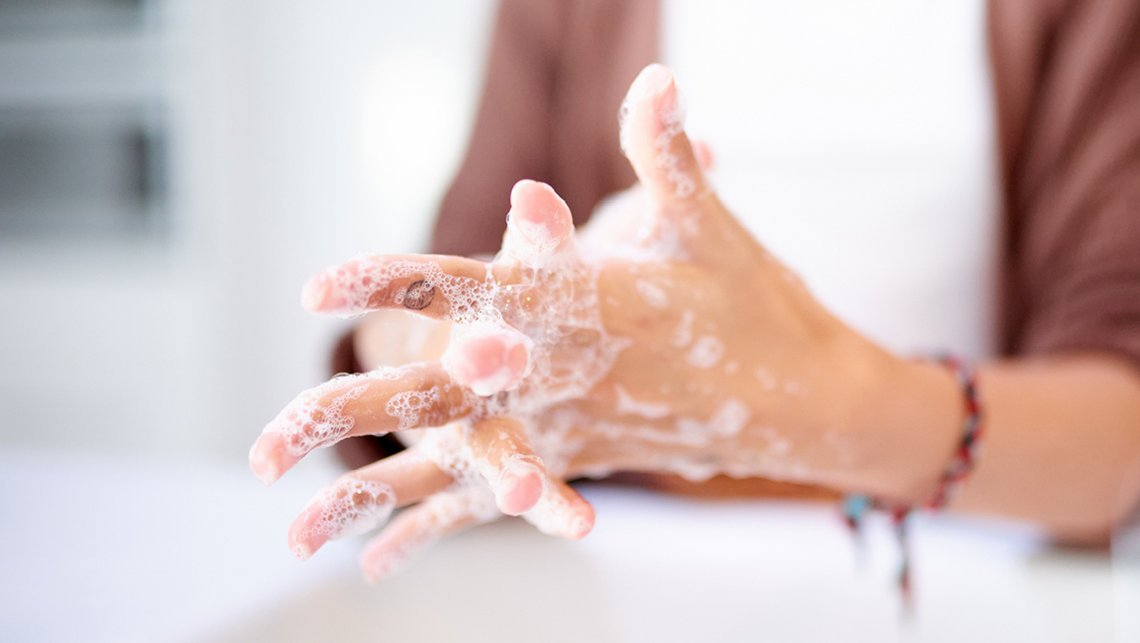
Hand hygiene prevents disease
Conscientious hand hygiene is also the best protection against disease in any other public organisation as well as in our homes. According to the Centers for Disease Control and Prevention (CDC, part of the US Department of Health and Human Services), one in three cases of diarrhoea and one in five cases of respiratory infection can be avoided by handwashing with soap and water. This is because most infectious human diseases are transmitted by our hands. This year, the organisers are asking us to ‘Unite for Universal Hand Hygiene’.
Washing hands the right way
Apart from soap and water, handwashing also requires the right technique. We mustn’t forget to soap up our fingertips and thumbs, for example, and not just our palms, which normally get the lion’s share of the lather. Thorough handwashing also needs some time – and therefore patience – so that the hygienic effect can be obtained in full. Accordingly, we should spend at least 20 seconds soaping everything up. And one last step is also critical: if the wash basin tap is turned off manually after handwashing, then viruses and bacteria present on the tap can simply re-contaminate the hands that have just been freshly washed. This means that low-contact or – an even better option – contactless taps are the best choice, and especially in (semi-)public and commercial sanitary facilities that are used by a wide variety of people.
Watch our video to find out how SCHELL fittings help with hand hygiene plus tips on handwashing technique:
Using low-contact or contactless fittings
With ‘self-closing taps’, the flow of water stops automatically after handwashing is complete. This means that users do not need to turn off the tap once their hands are clean. With contactless electronic fittings from SCHELL, their infrared sensor means that the tap works without any manual contact at all. Users hold their hands within sensor range to start the flow of water without touching the fitting. The flow stops automatically, too.
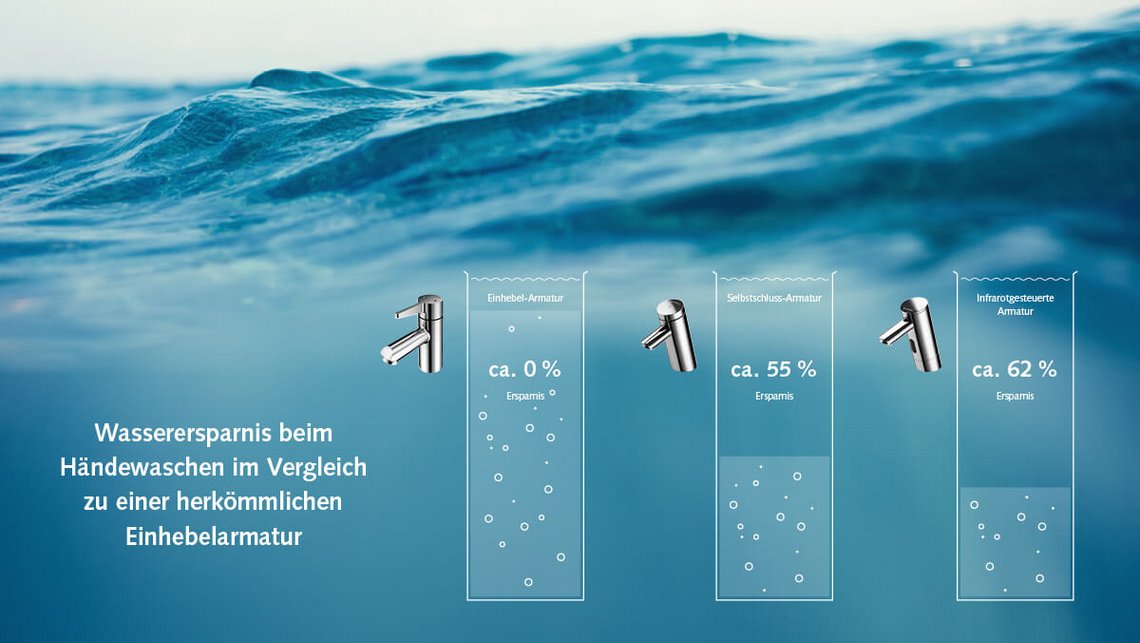
Up to 62 percent less water used compared with single-lever mixers
Compared with conventional single-lever mixers, contactless electronic wash basin taps from SCHELL can cut water consumption by up to 62 percent. Even self-closing fittings offer huge potential for saving water compared with single-lever mixers. Reducing the amount of hot water used also saves on energy costs and cuts carbon emissions. So contactless electronic SCHELL fittings are not only especially hygienic but also economical and sustainable. Thanks to their option for automated stagnation flashes, the fittings can also help to maintain drinking water hygiene.
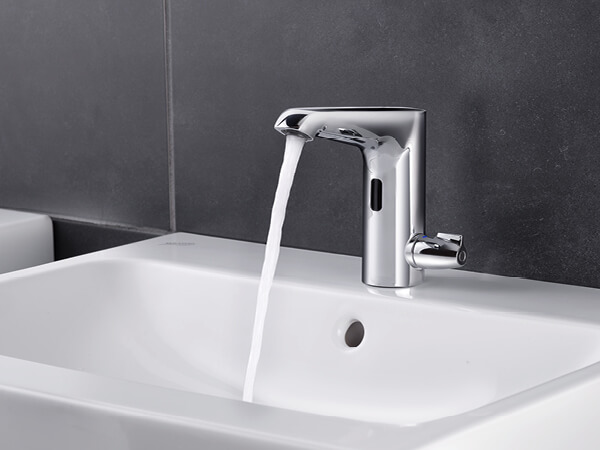
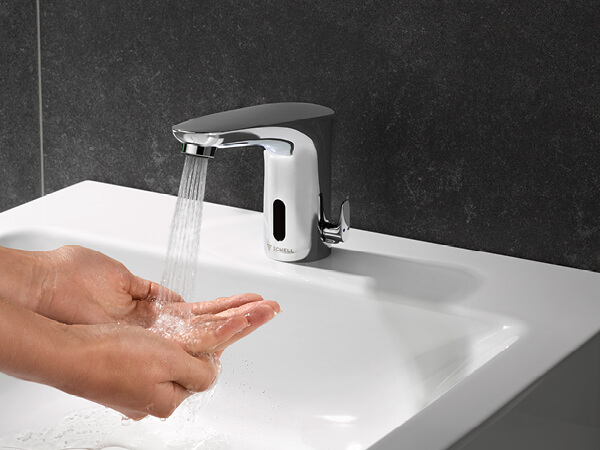
Comprehensive SCHELL product portfolio
The SCHELL range of wash basin fittings offers a huge variety of models for any requirements. The flagship model for contactless variants is the XERIS E-T, which has already won many awards and accolades. For renovation projects that have very limited budgets but are still looking to make use of contactless electronic fittings, SCHELL’s entry-level model MODUS E is an excellent choice, for example. Let yourself be inspired by browsing the many products available or contact SCHELL Service to identify the best variant for your needs. Global Handwashing Day is the perfect opportunity to take another look at this topic.

![[Translate to English:] [Translate to English:]](/fileadmin/_processed_/1/b/csm_symstemloesungen_e2_thumb_6bca267f26.jpg)
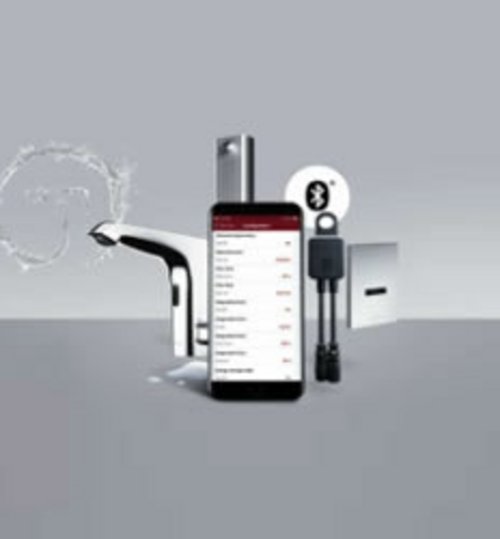
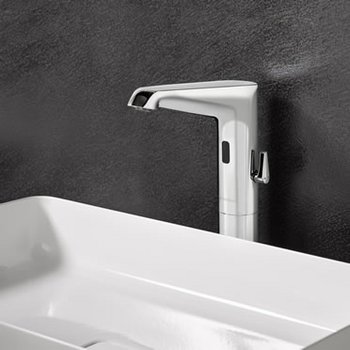




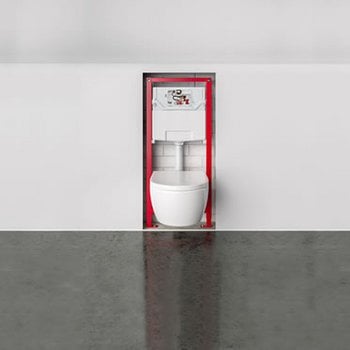
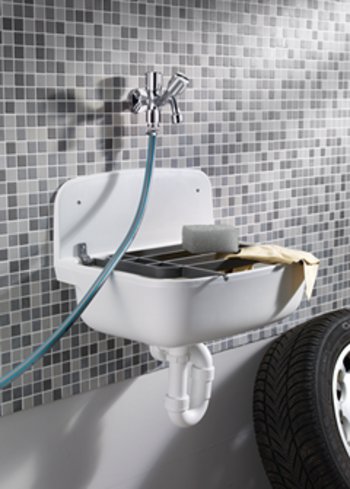

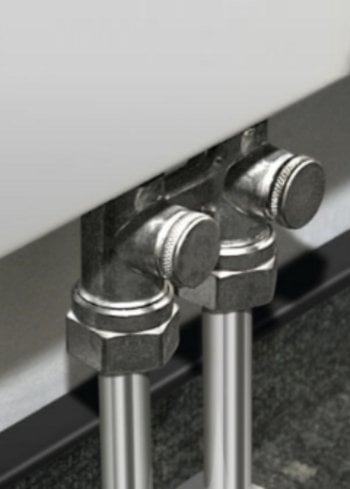






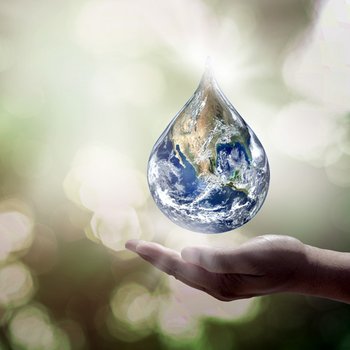



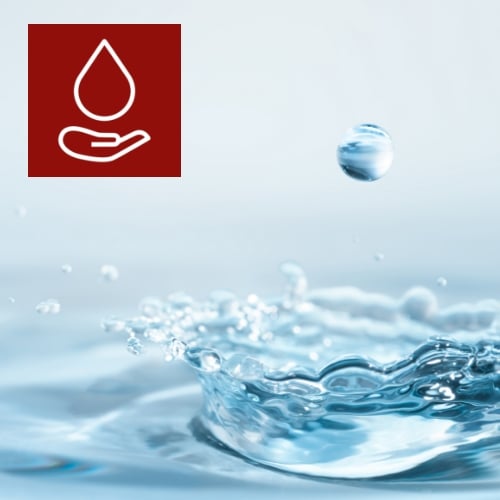
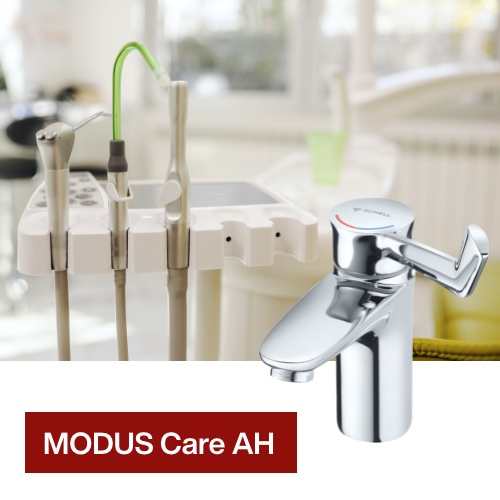

![[Translate to English:] [Translate to English:]](/fileadmin/user_upload/images/menu/menu_service_downloads_broschueren.jpg)







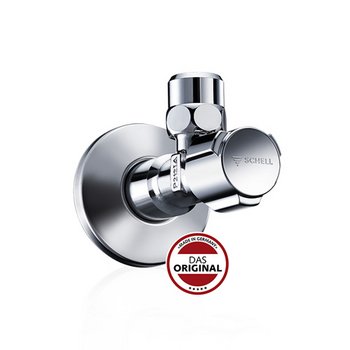
![[Translate to English:] [Translate to English:]](/fileadmin/_processed_/7/7/csm_menu_unternehmen_ueber-schell_awards_f6cec25b1d.jpg)
![[Translate to English:] [Translate to English:]](/fileadmin/_processed_/a/0/csm_menu_unternehmen_ueber-schell_wasser-sparen_41036d2dd9.jpg)





